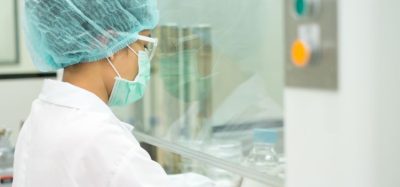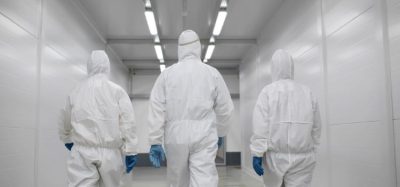Expert view: Environmental monitoring programmes: key tools for risk management
Posted: 17 September 2018 | Dr Lynne Murdoch (Wickham Laboratories) | No comments yet
Environmental monitoring programmes are all about risk management. Use of risk management techniques and a thorough understanding of the processes in the laboratory can assist in identifying any problematic areas…
When considering environmental monitoring for viable organisms, fully cataloguing the flora in the site and where it occurs is vital. This means regularly identifying microorganisms not only to genus level but also to species level. This can be of great use in investigations where product contamination has occurred. Problem solving techniques can assist in identifying the source of the contaminant using historical and current data trending on the catalogued microbial flora.
In addition, understanding the microorganisms allows the facility to determine what the best cause of action is in remedying the contamination, for example what disinfectant should be used and whether cleaning should be conducted more regularly. If there is a fungal or spore contaminant more radical action may be required in decontaminating the contaminated site or resolving the issue where the contamination is arising from.
There are many inherent challenges with microbial environmental monitoring programmes and companies often struggle with where to start in this process. This can be the case in particular where there is no Microbiologist present in the laboratory or manufacturing site in question. The optimal solution for these companies is to seek help in navigating the regulatory guidance with assistance specific to their site, processes and products. Then there is the difficulty in determining what suitable action and alert limits should be based on. This usually is identified from initial monitoring and identification of the flora in the manufacturing facility and surrounding areas. It is a time-consuming process and for that reason many manufacturers choose to outsource this task.
There have always been alternating trends of outsourcing and conducting microbial methods in-house. However, with increasing regulatory burdens on staff in GMP settings it is highly likely that the outsourcing of environmental monitoring either in whole or part will continue as it is not seen as “value-adding”. It is however, extremely important and regulators do tend to focus on this during audits.
Given the time-consuming nature of setting up and maintaining a robust environmental monitoring programme, there has been a drive to look at changes to processes that would result in time and cost reductions. Unfortunately, although there have been some innovations in rapid microbiology in general in terms of quantitation and identification these have not fully translated to use in environmental monitoring programmes. The reasons for this are several-fold.
Rapid systems for use in environmental monitoring are not always quantitative and can be difficult to interpret or correlate to traditional methods of microbial sampling. Although they can potentially offer some time-savings these may be at the cost of precision. There is also a perception that regulators will expect the traditional settle plate, contact plate and active air sampling over newer methods which regulators may have little or no experience of. However, automation of some of the process surrounding environmental monitoring such as tracking settle plates (barcoding), locations of monitoring and scheduling are all ways in which the process can be made more efficient, less-time consuming and error prone.
Given the slow uptake of these new methods, industry standard guidance still tends toward somewhat complicated and often onerous processes. Despite this, those involved in the set up and ongoing monitoring of these environmental programmes must continue to prioritise this activity given its importance to regulatory authorities and its role in identifying contamination issues at an early stage in the product life cycle.









